Calamity or conspiracy? Which European leaders have died in plane crashes?
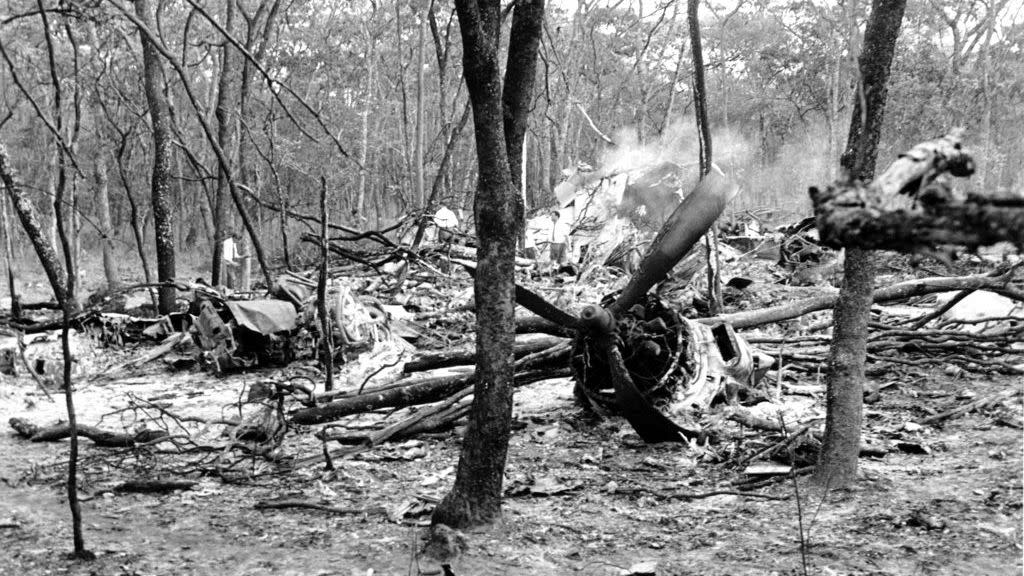
- Oops!Something went wrong.Please try again later.
- Oops!Something went wrong.Please try again later.
Iranian President Ebrahim Raisi was not the first leader to die in a helicopter crash. Far from it.
There is a long list of European political and military figures who have been killed in accidents or mysterious incidents despite the often stringent security measures applied to protect them.
Most deadly helicopter or plane crashes are caused by technical faults, pilot error or poor weather, but some are also linked to wilder conspiracy theories.
These are some of the most high-profile cases, some of which remain unsolved to this day.
UN Secretary-General Dag Hammarskjöld
Dag Hammarskjöld, a famous Swedish diplomat, was killed in a passenger plane crash in Zambia on 18 September 1961.
But the circumstances of the crash are still unclear.
The second-ever Secretary-General of the United Nations was on a plane belonging to the Swedish airline Transair bound for the Republic of Congo.
He was on his way to participate in ceasefire talks between the UN forces and troops from Katanga, a breakaway province in the Congo, when the crash happened.
All 16 passengers on board were killed.
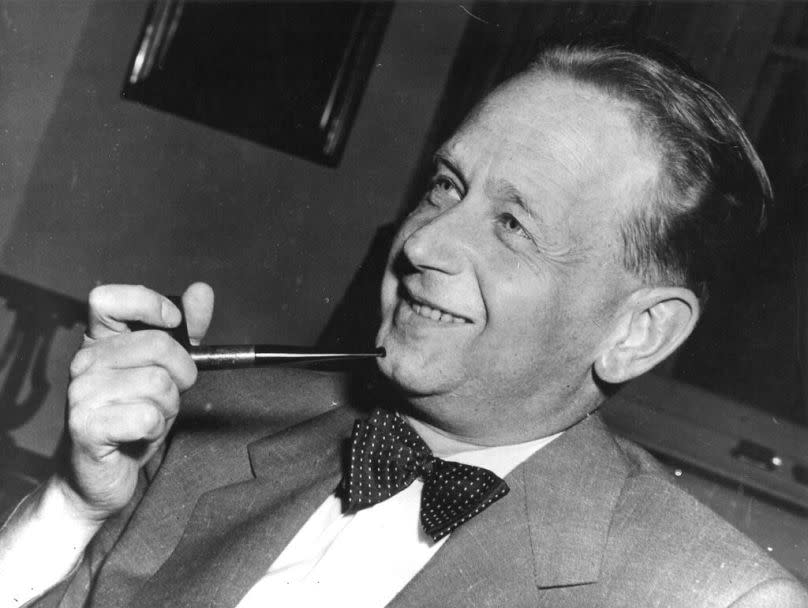
A 1962 inquiry claimed pilot error was to blame, with the plane flying at low altitude.
However, The Guardian reported in 2011 that there was new evidence the plane was shot down over Northern Rhodesia (now Zambia), with the British colonial authorities allegedly covering up the incident.
Mining companies and Russia's former intelligence service, the KGB, have separately been accused of being behind the alleged plot. Euronews cannot independently verify either claim.
Yugoslav Prime Minister Džemal Bijedić
Džemal Bijedić was a Bosnian politician who served as Prime Minister of Socialist Federal Republic of Yugoslavia, a former socialist state in the Balkans.
Bijedić, who fought in World War II as a Yugoslav Partisan but made a name for himself in a string of high-profile political roles, was killed in 1977 when his Leerjet crashed into the Inač mountain in Bosnia-Herzegovina.
His wife Razija and six others were also killed.
Bad weather has been blamed for the incident, but that has not stopped conspiracy theorists from suspecting a sinister plot by his rivals.
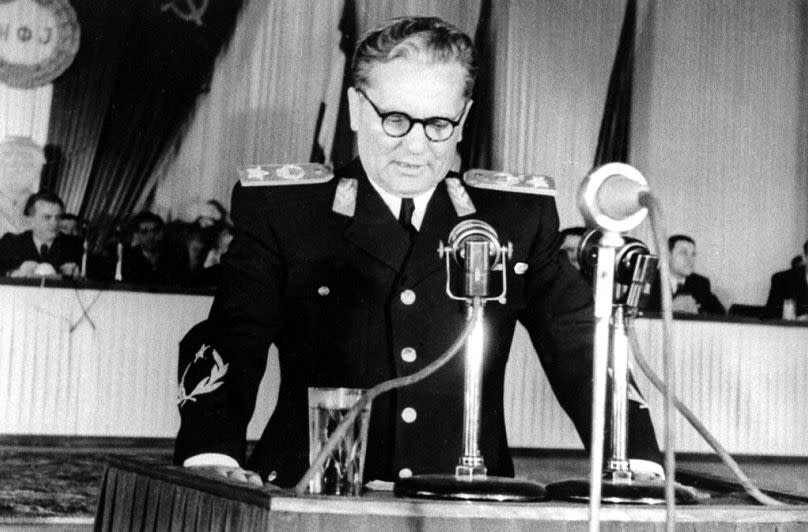
Bijedić was eyed by some as a successor to the ageing Tito, who led the Partisan movement and helmed the socialist state since 1945. Tito, in turn, died three years later of complications due to gangrene, and Yugoslavia fell apart in a series of wars in the 1990s.
Two sons and a daughter survived Bijedić and his wife.
Portugese Prime Minister FranciscoSá Carneiro
A household name since the 1974 Carnation Revolution, Francisco Manuel Lumbrales de Sá Carneiro led the right-wing Democratic Alliance that won Portugal's 1979 general election.
But his victory was short-lived.
On route to an election rally in Porto, the popular politician's Cessna piled into a building just moments after takeoff.
An initial joint investigation by police and civil aviation officials ruled that the crash was caused by engine failure.
However, modern chemical analysis of parts of the wreckage of the aircraft in 2004 indicated a bomb was planted beneath the cockpit.
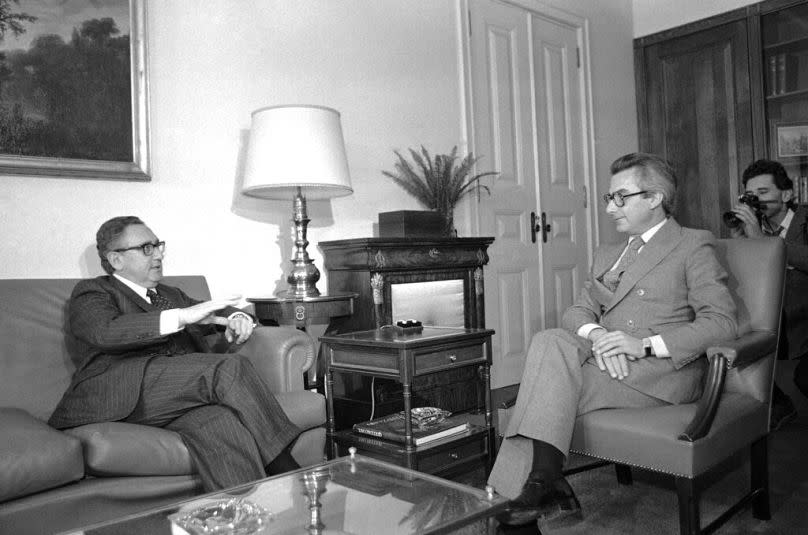
Various theories exist that the target of the supposed assassination was Defence Minister Adelino Amaro da Costa, who was travelling with Carneiro and allegedly taking documents relating to the October Surprise conspiracy theory to the UN.
The 1980 October Surprise theory claims Ronald Reagan's campaign secretly delayed the release of US hostages in Iran to hurt President Carter's re-election chances. The hostages were released just after Reagan's inauguration.
Separate inquiries by the US Congress found insufficient evidence to support this theory.
President of Poland Lech Kaczyński
Lech Kaczyński was president of Poland until he died in a plane crash on 10 April 2010.
The crash happened near Smolensk in western Russia, killing all 96 passengers.
Many top military officials, Polish members of parliament, dignitaries and Kaczyński's wife were on board the plane meant to take the delegation to mark the 70th anniversary of the Katyn massacre, where thousands of Polish officers were executed by the Soviets during World War II.
The aircraft tried to land in dense fog at Smolensk North Airport despite warnings about the poor weather conditions and advice to divert to another airport.
It clipped treetops, lost control and crashed into the forest near the runway.
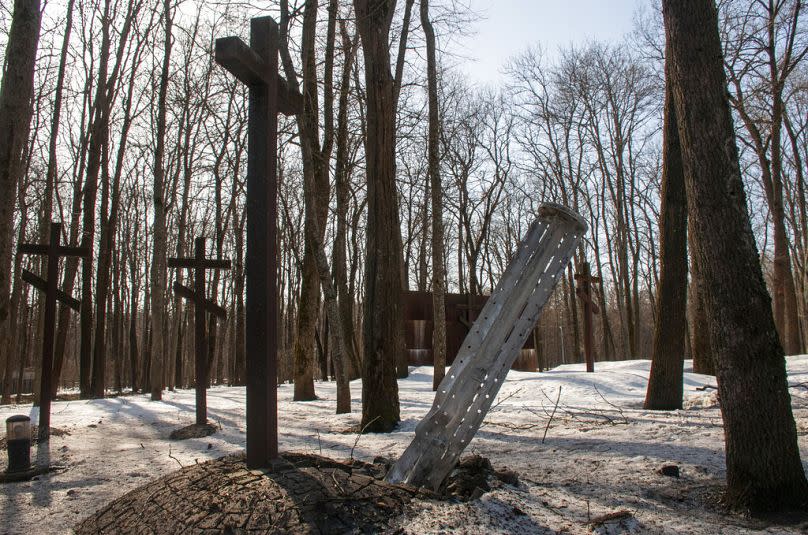
The crash had significant implications for Poland.
It plunged the Eastern European country into mourning and raised questions about decisions leading up to the crash, including possible pressure on pilots and whether the aircraft was adequate.
The tragedy also sparked debates about Polish-Russian relations, given the historical context of the Katyn massacre and ongoing political tensions.
As Kaczyński was turned into a national martyr figure, his twin brother Jarosław — nationalist right-wing Pis party unofficial leader — used Lech's death to warn of Russian meddling and malign influence in the country.
Valeriya Novodvorskaya, a Russian politician, claimed the Kremlin murdered Kaczyński. She did not produce evidence for this allegation.

